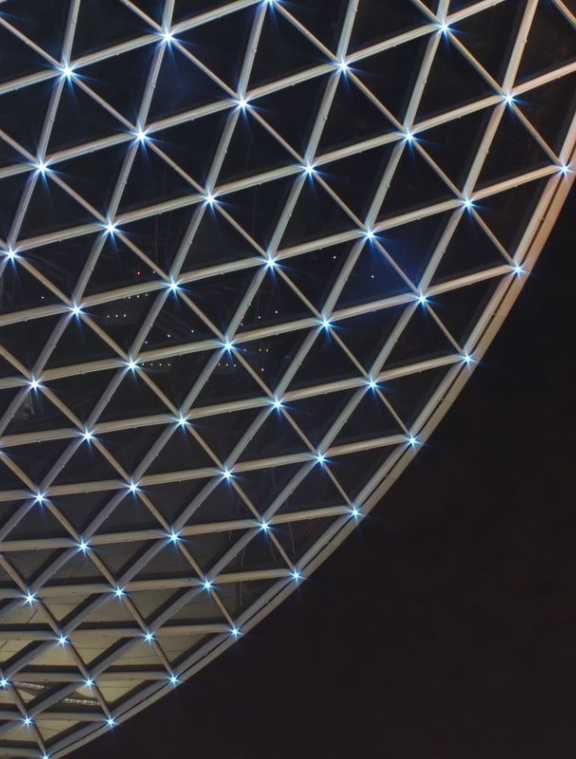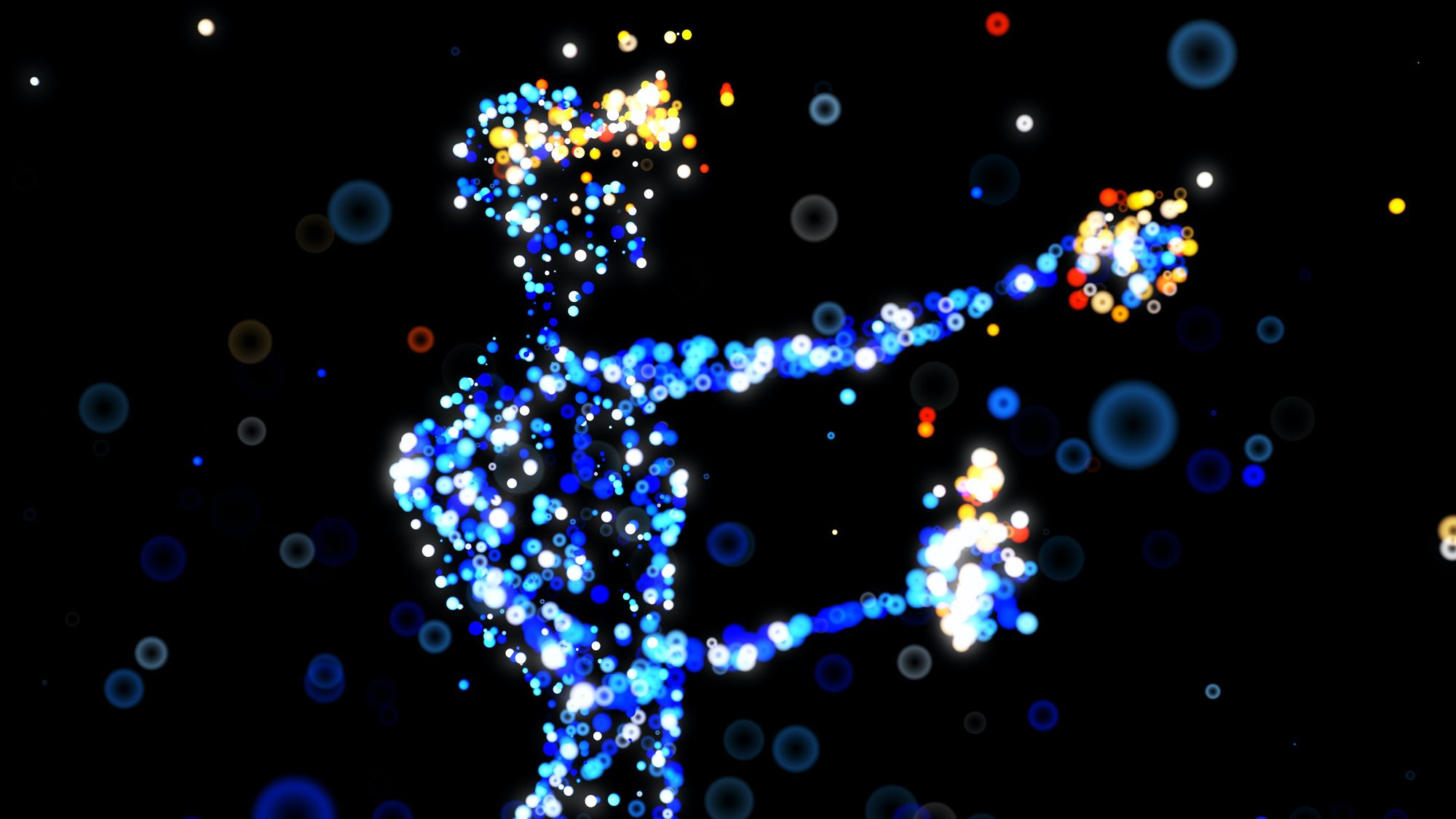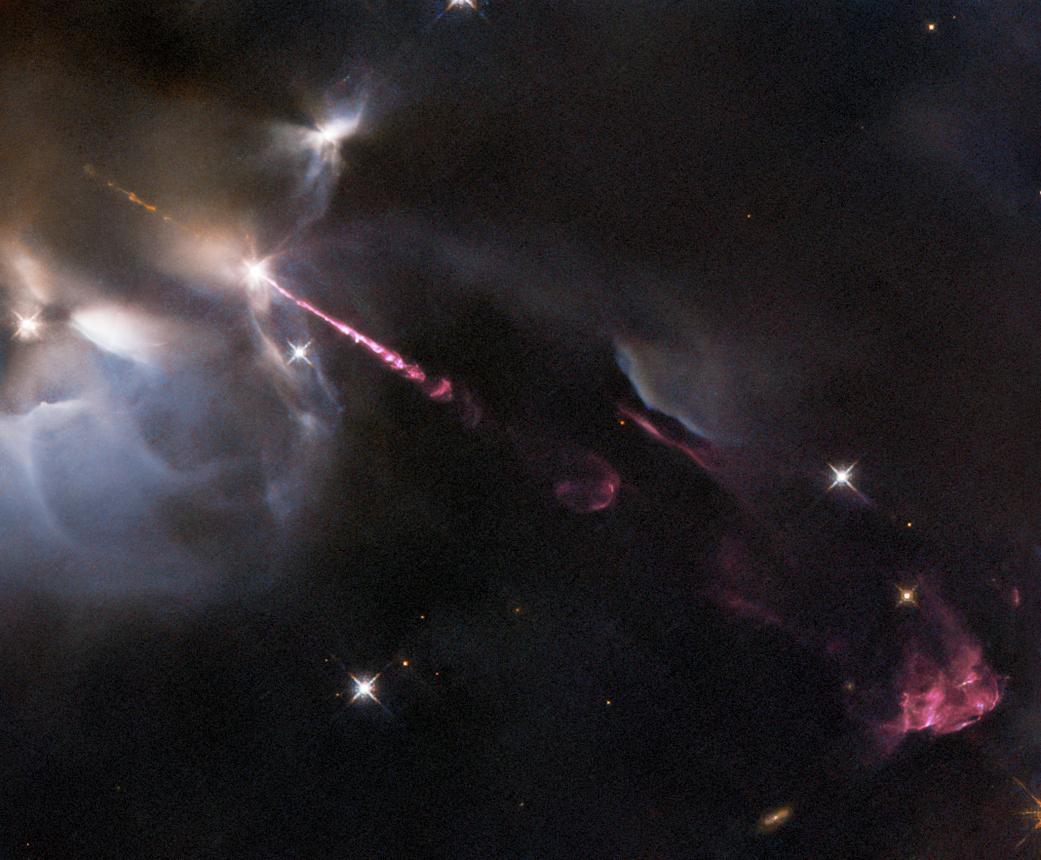Artificial Intelligence and the Future of War
By Vivek Wadhwa Alex Salkever | National Interest

With artificial intelligence, decisions are made far too quickly for humans to correct them.
Are blockchain-based DAOs really a utopian revolution in the making?
by John Naughton | The Gaurdian

Decentralised Autonomous Organisations are member-owned communities promising transparency, democracy and security – but the financial reality doesn’t always stack up.
3 Min Read →
How organizations can succeed in the metaverse
By Kolawole Samuel Adebayo | Venture Beat

Since Facebook announced it was rebranding to Meta in its quest to become a leader in the race for the metaverse, companies everywhere have been wondering what’s next for the online marketplace. While the metaverse will continue to buzz in 2022, new challenges arise as tech organizations begin to journey into uncharted territories.
3 Min Read →
🌙 NASA - Best Photo from Last Week
Hubble Views an Infant Star’s Outburst

An energetic outburst from an infant star streaks across this image from the NASA/ESA Hubble Space Telescope. This stellar tantrum – produced by an extremely young star in the earliest phase of formation – consists of an incandescent jet of gas travelling at supersonic speeds. As the jet collides with material surrounding the still-forming star, the shock heats this material and causes it to glow. The result is the colorfully wispy structures, which astronomers refer to as Herbig–Haro objects, billowing across the lower right of this image.
Herbig–Haro objects are seen to evolve and change significantly over just a few years. This particular object, called HH34, was previously captured by Hubble between 1994 and 2007, and again in glorious detail in 2015. HH34 resides approximately 1,250 light-years from Earth in the Orion Nebula, a large region of star formation visible to the unaided eye. The Orion Nebula is one of the closest sites of widespread star formation to Earth, and as such has been pored over by astronomers in search of insights into how stars and planetary systems are born.
The data in this image are from a set of Hubble observations of four nearby bright jets with the Wide Field Camera 3 taken to help pave the way for future science with the NASA/ESA/CSA James Webb Space Telescope. Webb – which will observe at predominantly infrared wavelengths – will be able to peer into the dusty envelopes surrounding still-forming protostars, revolutionizing the study of jets from these young stars. Hubble’s high-resolution images of HH34 and other jets will help astronomers interpret future observations with Webb.
Text credit: European Space Agency
Image credit: ESA/Hubble & NASA, B. Nisini
Media Contact:
Claire Andreoli
NASA's Goddard Space Flight Center
301-286-1940
Last Updated: Mar 11, 2022
Editor: Andrea Gianopoulos
📚 Top 3 Book Summaries for the week
Disclaimer: None of the content in this newsletter is meant to be financial advice. Please do your own due diligence before taking any action related to content within this article.
Disclaimer: Unbound is reader-supported. When you buy through links on our site, we may earn an affiliate commission.





